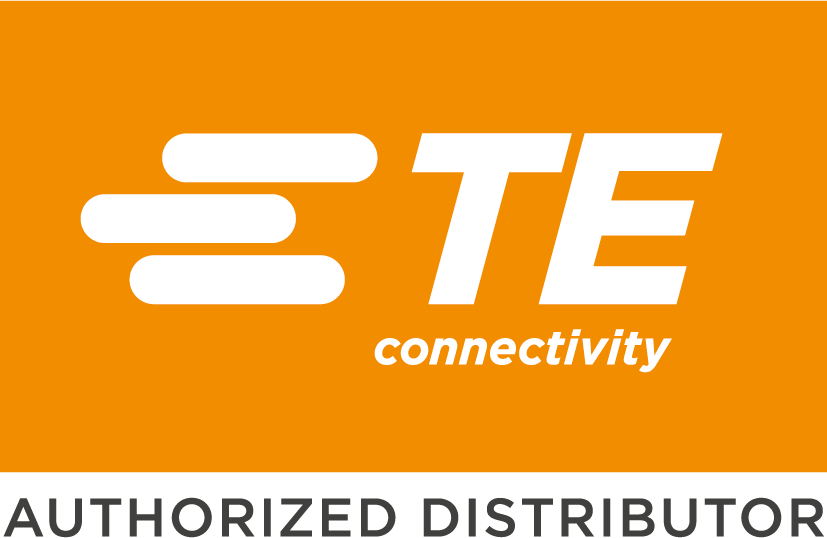
TE Connectivity AMP Connectors
TE Connectivity AMP Connectors is a globally recognized company that specializes in the design, manufacturing, and distribution of electrical connectors and interconnect solutions. With a rich history spanning numerous decades, the company has established itself as a trusted provider of innovative connectivity solutions. Offering an extensive range of products such as connectors, terminals, cables, antennas, sensors, and more, TE Connectivity AMP Connectors caters to diverse industries including automotive, aerospace, telecommunications, industrial equipment, and consumer electronics. The company's unwavering commitment to quality and customer satisfaction is evident in its stringent manufacturing processes and adherence to international standards. TE Connectivity AMP Connectors strives to deliver high-performance, reliable, and durable products that meet the demanding requirements of various applications. TE Connectivity AMP Connectors remains at the forefront of technological advancements through its focus on research and development. By investing in cutting-edge technologies and fostering collaboration with industry partners, the company ensures that its products are innovative and capable of addressing evolving customer needs. In addition to its broad product portfolio, TE Connectivity AMP Connectors provides comprehensive technical support and consultation services. These offerings assist customers in selecting the most suitable solutions for their specific requirements. With a global presence, the company serves a diverse customer base across different regions. Overall, TE Connectivity AMP Connectors is a reputable and esteemed leader in the field of electrical connectors and interconnect solutions. Its dedication to innovation, quality, and customer satisfaction continues to contribute to the advancement of technology worldwide.
Photoelectric, Industrial
Results:
2
Series
Operating Temperature
Light Source
Connection Method
Voltage - Supply
Ingress Protection
Sensing Distance
Response Time
Output Configuration
Sensing Method
Cable Length
Adjustment Type
Results remaining:2
Applied Filters:
TE Connectivity AMP Connectors
About Photoelectric, Industrial
Industrial photoelectric sensors are devices used to detect the presence, absence, or distance of objects in industrial applications. These sensors employ fixed wavelengths of light to transmit signals and utilize their receivers to detect changes in the transmitted light. They are designed to ignore ambient light and provide reliable detection in challenging industrial environments.
These sensors are housed in rugged cases, making them suitable for use in harsh industrial conditions. They come in various sensing methods, each tailored to specific application requirements.
Cross-beam sensors: Consist of separate transmitter and receiver units that create a beam perpendicular to the path of the object being detected. The interruption of the beam triggers the sensor.
Through-beam sensors: Comprise a separate transmitter and receiver unit placed opposite each other. An object passing between them interrupts the transmitted beam, triggering the sensor.
Diffused sensors: The transmitter and receiver are housed together in a single unit. The sensor detects the reflected light from an object within its sensing range.
Reflective sensors: Utilize a reflective surface to direct the transmitted light back to the receiver. The detection occurs when the reflected light is interrupted by the presence or absence of an object.
Retroreflective sensors: Deploy a special reflector to bounce the transmitted light back to the receiver. The sensor detects changes in the reflected light caused by an object entering or leaving the sensing zone.
Transmissive sensors: Consist of a separate transmitter and receiver unit placed opposite each other, with the object being detected passing through the gap between them. The interruption of the transmitted beam triggers the sensor.
Proximity sensors: Designed to detect objects in close proximity without physical contact. They utilize various technologies, such as capacitive, inductive, or magnetic fields, to sense the presence of objects.
Distance sensors: Enable precise distance measurement by utilizing techniques like time-of-flight or triangulation. These sensors are commonly used in automated industrial processes.
Line focus sensors: Generate a narrow beam of light, allowing for precise detection of objects within a specific line or path.
In addition to the sensing methods, industrial photoelectric sensors are differentiated by factors such as light source color and wavelength, sensing distance, ingress protection (IP) rating indicating resistance to dust and moisture, and output configuration.
Overall, industrial photoelectric sensors play a vital role in industrial automation, enabling reliable and accurate object detection. They are designed to withstand harsh environments and are available in various configurations to meet different application needs.


